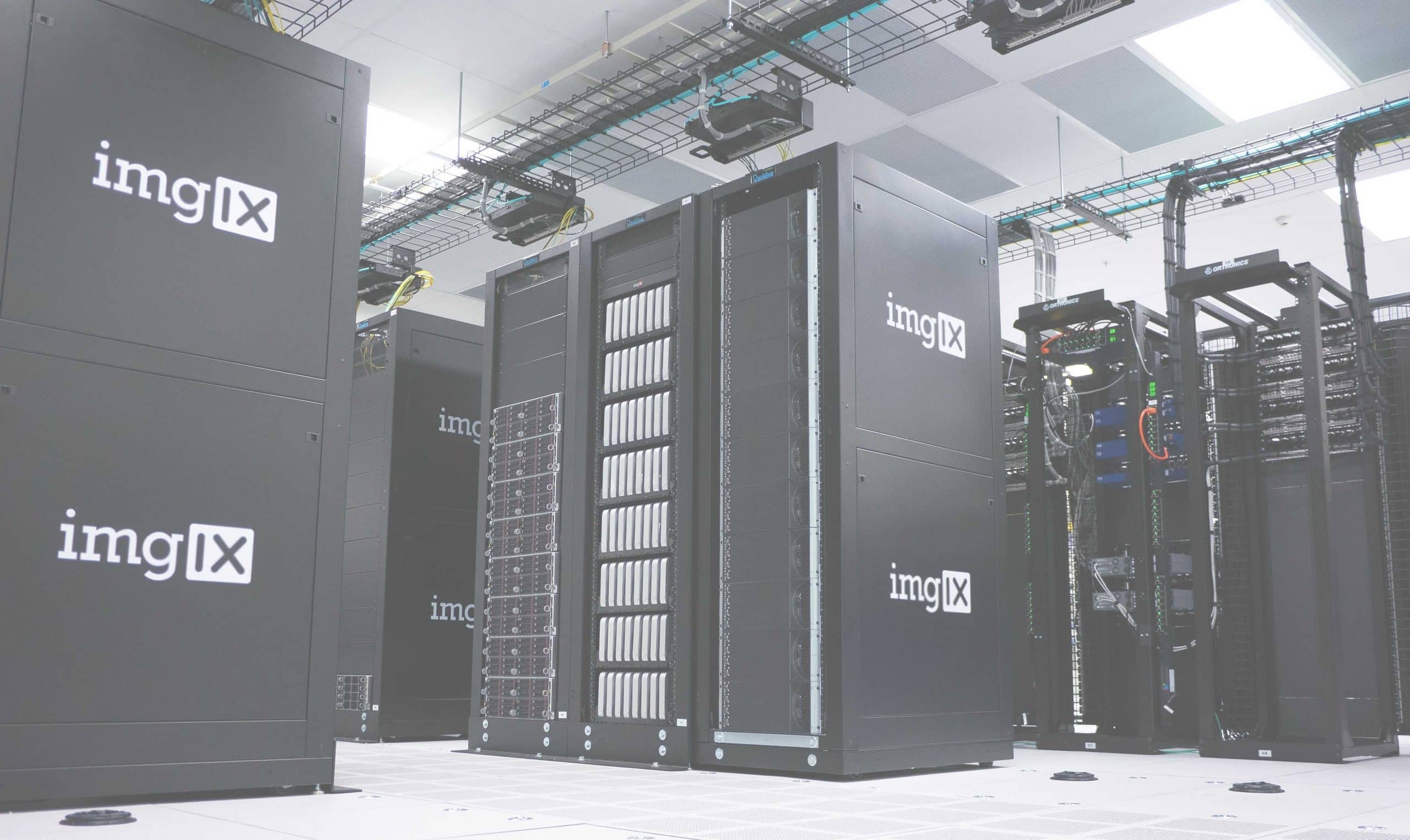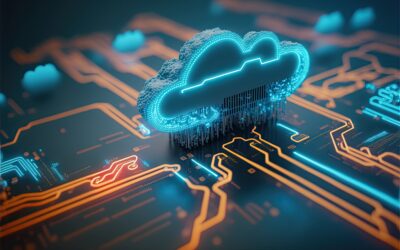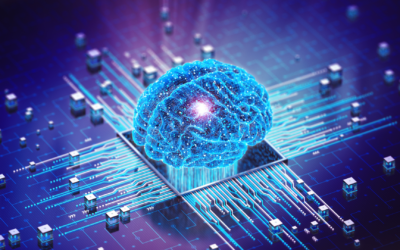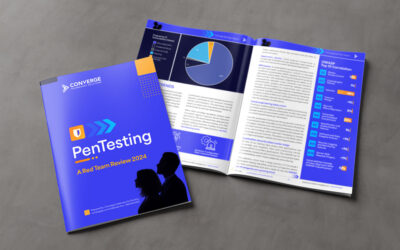Starting in September 2019, Walmart and its Sam’s Club division will require suppliers of fresh, leafy green vegetables to use blockchain to trace products back to the farm. Walmart is expected to expand the requirement to other produce suppliers in the near future with a goal of speeding up product recalls and the response to food scares.
Blockchain, the digital ledger technology that underlies cryptocurrencies such as Bitcoin, has been widely hyped. Although there has been significant investment in the cryptocurrency realm, many organizations still have serious reservations about moving forward with blockchain.
According to the 2018 Global Blockchain Survey from PwC, 48percent of organizations are unsure about how blockchain will be regulated, and45 percent don’t fully trust the technology. From a technical perspective, 44percent are concerned about how to integrate multiple networks, and 29 percent point to potential scalability issues. The ability to quickly process a high number of transactions has been a strong selling point for blockchain, but many organizations are unsure if their datacenter environments can handle it.
Despite these reservations, PwC found that 84 percent of organizations are using blockchain in some capacity. However, a separate report from Greenwich Associates found that most organizations are struggling with blockchain adoption, with 57 percent of surveyed executives saying implementation has been harder than expected.
Concerns about scalability cited in the PwC study have been realized by 42 percent of respondents to the Greenwich Associates survey. Although many companies had not yet implemented their blockchain solutions, those that have blockchain in production were dealing with very slow transaction speeds.
Despite these issues, the blockchain market is expected to grow from $708 million in 2017 to $60.7 billion by 2024 and to disrupt virtually every industry. Because blockchain has significant storage and compute requirements, experts expect it to have a major impact on the data center.
There are steps you can take to prepare your data center for the increased demand created by blockchain. For example, high-density servers can deliver the compute power and capacity to support blockchain applications in a small footprint. However, organizations should take a more sophisticated approach to capacity management.
It’s not as simple as making sure each server has enough capacity to support its workload. You have to determine where each workload should run and automatically adapt when necessary to maximize performance and resource utilization. To do this, you need intelligent tools to carefully analyze and forecast demand and plan capacity accordingly.
The implementation of digital twins – software versions of physical assets – can provide deeper insights into your infrastructure. Digital twins can help you more accurately predict and optimize performance and then test various solutions in a production environment. This makes it possible to make data-driven decisions to update your data center in a way that supports blockchain with less risk.Blockchain has generated plenty of buzz. Most organizations have dipped their toe in the water, and some corporate giants are pushing their suppliers to adopt blockchain sooner rather than later. But plenty of question marks remain, and significant planning is required to avoid the pitfalls that have doomed some early implementations. Let us help you evaluate your data center and recommend the necessary changes to take full advantage of blockchain.





